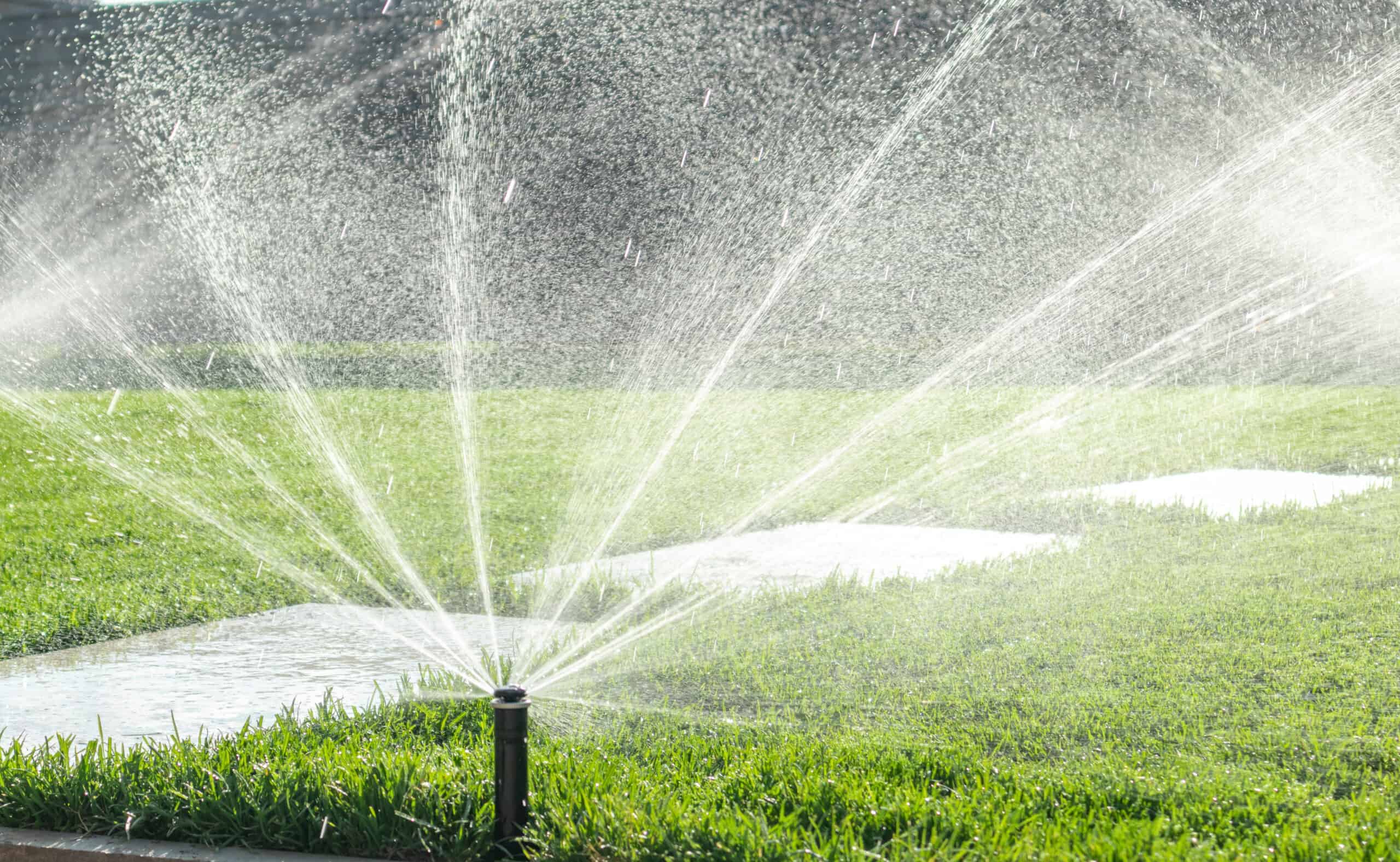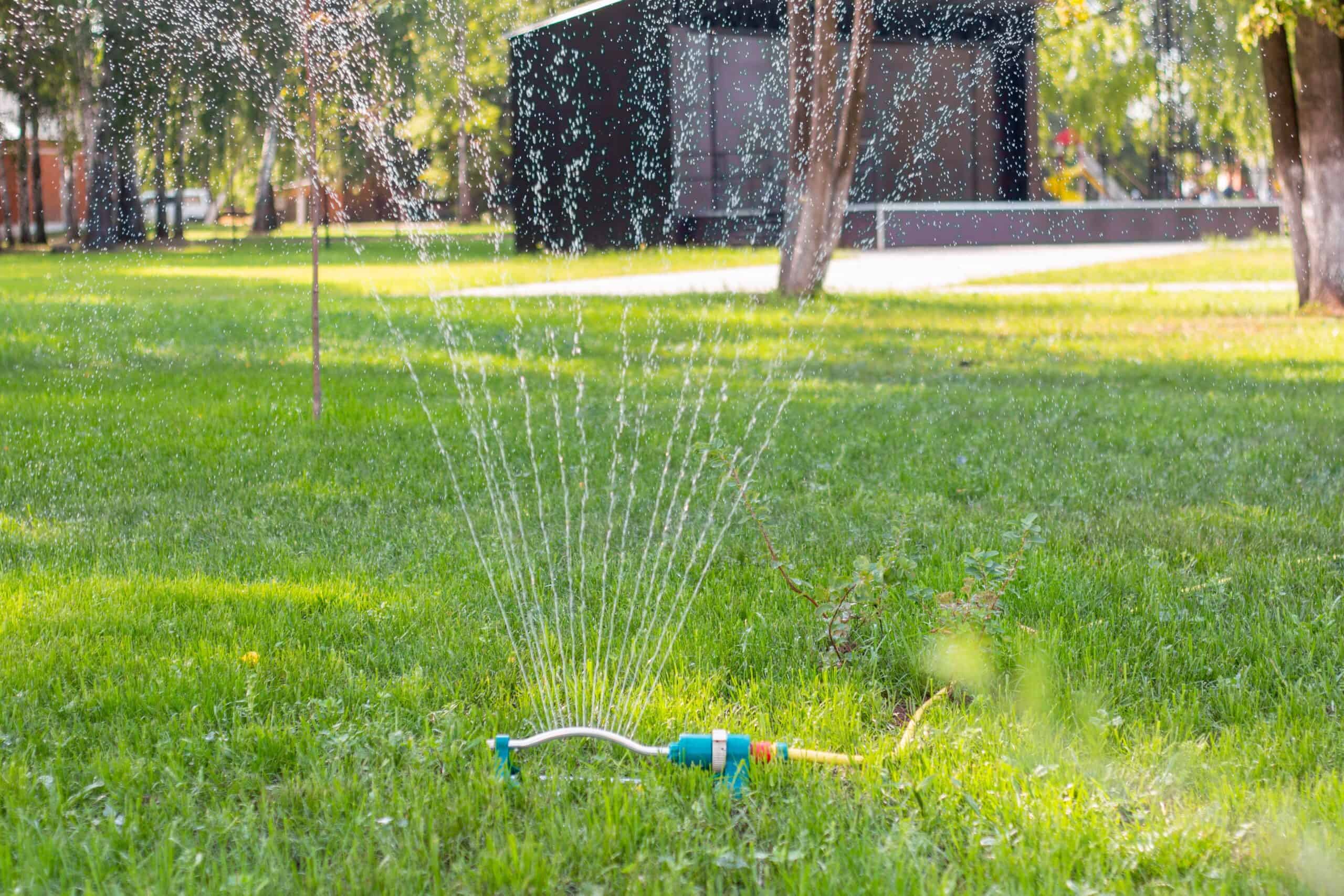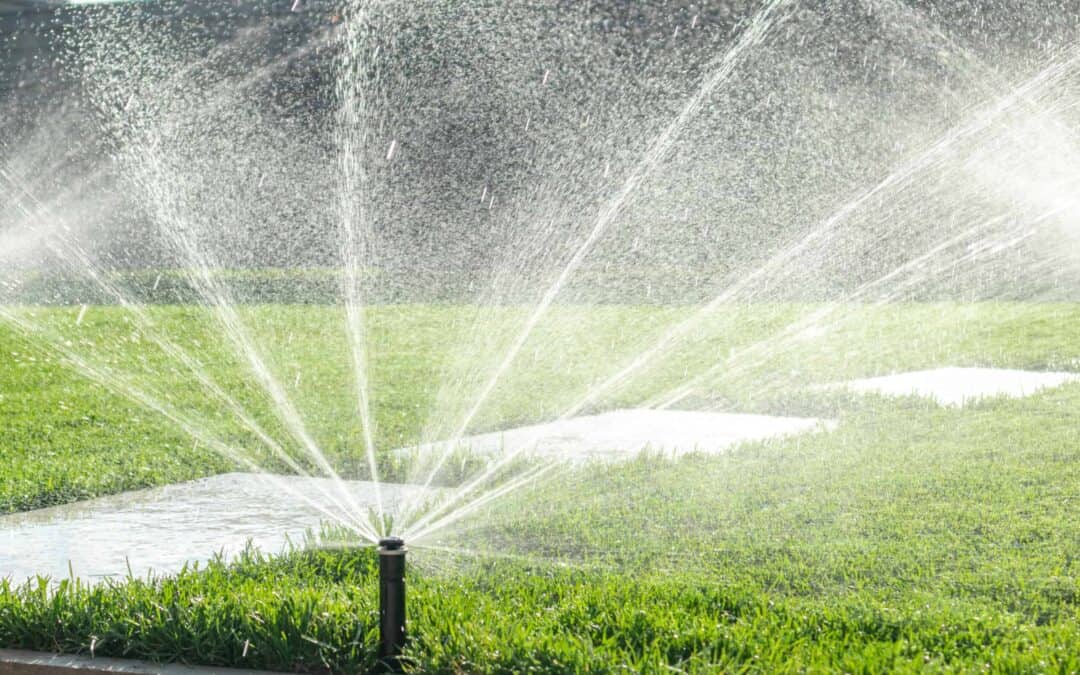Sprinkler systems offer multiple benefits to thirsty lawns and developing properties. They help sod take root, nurture live vegetation, and support healthy plant growth. But how do you know when enough is enough? What steps should homeowners take to establish a watering schedule? Here is what you need to know. This blog will explain proper lawn irrigation step-by-step. We’ll also discuss the signs of overwatering and drought to help you maintain a beautiful outdoor environment. Let’s dig in.
How to Water Your Lawn with a Sprinkler
Setting up an appropriate watering schedule using lawn sprinklers can be tricky. All yards are different, and the grass species on your property can affect what works or doesn’t. Explore the options with a professional landscaping team to develop a customized routine. Then follow this simple homeowner’s guide:Step One: Understand Your Lawn
Learn more about your soil composition after determining the grass species, lawn size, and other crucial factors. Evaluate the effect of different weather patterns on your property, noting local conditions and standard climate expectations.
Step Two: Choose a Convenient Hour
Did you know watering your lawn during particular parts of the day can do more harm than good? Experts say homeowners should turn on sprinkler systems at sunrise or before sunset. This technique helps minimize water loss from wind, evaporation, and human activity.Step Three: Calculate Watering Timelines
Water your lawn and note how long it takes. Then place empty containers around the yard while running the sprinkler to determine depth and distribution patterns. Use the information to track grass and vegetation growth. You can plan schedules according to lawn treatment goals and resource allocations. Austin homeowners need about one inch of water on the lawn before turning off valves and moving to the next step. Aim for deep watering instead of routine chores. Giving the grass time to take root between sessions can help it thrive among the weeds.Setting Up the Sprinkler Controller and Programming the Schedule
A sprinkler controller is 100% irrigation-focused, reducing the time needed for lawn inspection and equipment repair. High-tech devices let you set up watering schedules and connect the components via Wi-Fi to your smartphone or tablet. You can also program options based on weather conditions and land requirements.Traditional Controller VS Smart Controller: Which Is Better?
Smart controllers for sprinkler systems let homeowners input specific lawn details into an app. They can specify grass type, soil composition, water density, and sun exposure. The app will calculate an appropriate watering routine based on those factors. Or homeowners can override system settings to customize a schedule. Conversely, traditional sprinkler controllers use pre-set watering times and dates based on the required duration and zone. Homeowners must manually adjust the settings to schedule breaks for better moisture absorption and nutrient filtration. Conventional options require more hands-on attention from TX landscaping companies to ensure proper functioning according to local ordinances.Adjusting Controllers for Seasonal Changes
The weather never stays the same for too long in Texas. So, regularly check your irrigation system’s settings. Then adapt the schedule based on seasonal variations and ecological concerns. You can increase watering on hot, dry days or decrease it when the weather is cool and rainy. Monitoring and fine-tuning your system is essential. This step helps with early leak detection and allows teams to repair parts or replace a missing valve for efficient operations. Adjust amounts and timelines as needed to prevent overwatering and accidental drought.Signs of Overwatering and Underwatering
 Here is how to tell if you’re giving your lawn too much or not enough water:
Here is how to tell if you’re giving your lawn too much or not enough water:
- Overwatering causes yellow grass and promotes widespread fungus growth. It can also invite unwanted weeds into your yard.
- Underwatering lawns causes dry patches and brown grass. It can also include increased pest activity and damage to your landscape design.

